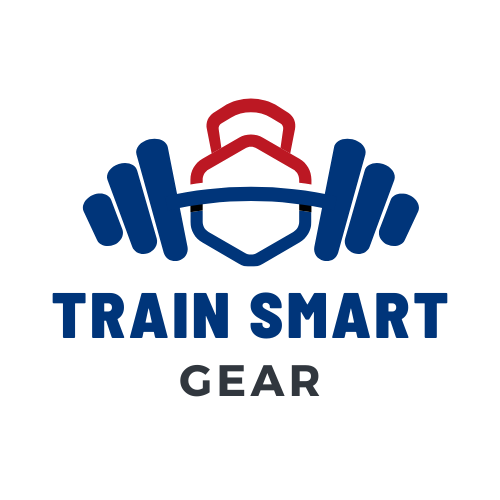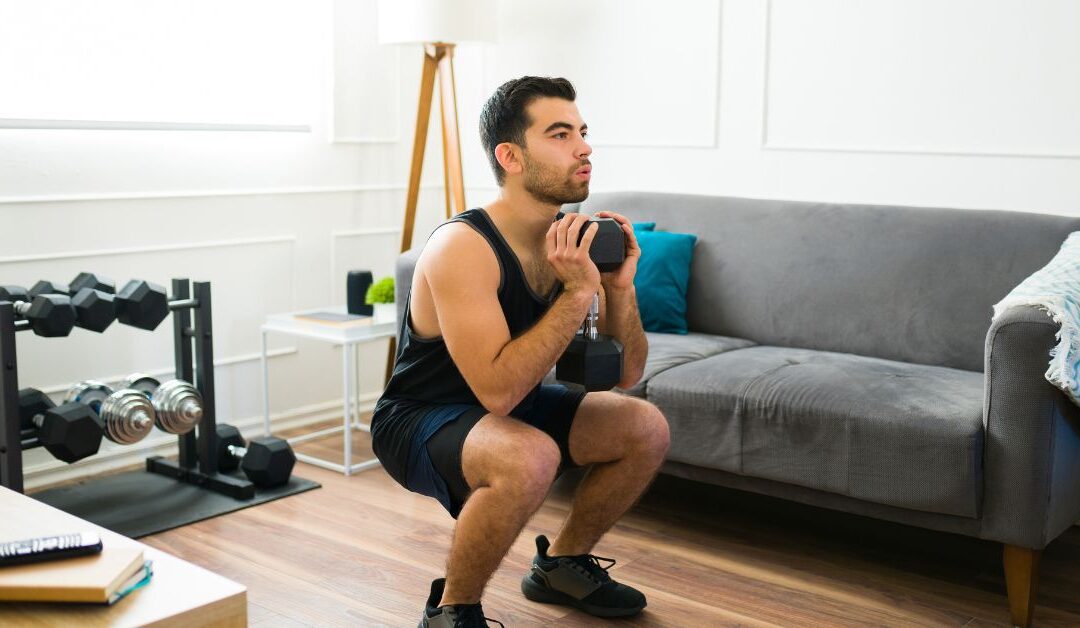The modern fitness journey is no longer confined to crowded gyms. With a few smart investments, you can build an effective, versatile, and affordable home gym that supports strength training, cardio, flexibility, and recovery. In this buyer’s guide, we’ll cover the must-have home gym essentials, highlight versatile equipment options, and provide tips to help you get the most out of your space and budget.
Why Build a Home Gym?
- Convenience: Eliminate travel time and train whenever it suits you.
- Cost Savings: One-time equipment investments often beat long-term memberships.
- Personalization: Tailor your gym to your goals, whether that’s strength training, yoga, or functional fitness.
Essential Equipment for Every Home Gym
1. Adjustable Dumbbells & Barbells
Versatility is key when space is limited. Adjustable sets allow you to perform a full range of exercises without clutter.
- 44lbs Adjustable Dumbbell Set, 3-in-1 Free Weight Barbell, Push-Up Stand: A compact, multifunctional option perfect for both beginners and advanced lifters. Functions as dumbbell, a barbell, and a push-up stand.
- 5–44lbs Dumbbell to Barbell Set, Anti-Slip Grip, Versatile Strength Training Kit: Adjustable plates make it easy to scale workouts while the anti-slip grip ensures safety.
2. Cardio Equipment
Even in small spaces, cardio training is possible with compact tools like jump ropes, folding treadmills, or indoor bikes. These elevate heart rate and complement strength sessions.
3. Recovery Tools
Foam rollers, massage guns, and mobility bands keep your body primed for the next workout. Recovery tools are as important as the workouts themselves.
4. Flexibility & Mobility Gear
A yoga mat, resistance bands, or stability ball enhances your stretching and mobility work. Consider integrating yoga & mindful movement or Pilates & core training to balance strength and recovery.
5. Portable Fitness Options
If you’re short on space, portable gear like resistance bands or compact push-up boards provides effective workouts without the footprint of larger machines.
How to Choose the Right Gear
- Define Your Goals: Is your priority fat loss, muscle gain, or overall wellness?
- Start with Multipurpose Equipment: Adjustable dumbbells and resistance bands offer the most variety per dollar.
- Think Long-Term: Durable gear like the adjustable dumbbell-barbell sets above pays for itself over years of use.
- Balance & Stability: Don’t forget stability gear like BOSU balls or single-leg exercises for injury prevention.
Sample Beginner-Friendly Home Gym Setup
- One adjustable dumbbell/barbell kit (like the two highlighted above).
- A foldable treadmill or compact rower for cardio.
- Resistance bands for mobility and recovery.
- Foam roller or massage ball for post-workout care.
- A yoga mat for stretching, Pilates, and bodyweight sessions.
This mix covers functional fitness, cardio, flexibility, and recovery without overwhelming your space.
Tips
- Dedicate one corner of your home to fitness — even a small setup creates consistency.
- Invest in strength accessories that multitask (adjustable weights, resistance bands).
- Rotate through workouts: combine dumbbell/barbell strength days with cardio and mobility.
- Try outdoor fitness occasionally to change the scenery and challenge your body differently.
- Keep an eye on new arrivals in home gym gear to upgrade affordably.
A home gym doesn’t have to be expensive or complicated. By focusing on versatile essentials like adjustable dumbbell-barbell sets, portable fitness gear, and recovery tools, you can create a space that supports your health and lifestyle goals. Whether you’re building strength, improving flexibility, or reducing stress, a well-equipped home gym is an investment in long-term wellness.
Ready to start? Explore our related blogs on Strength Training and Recovery Tools to design your perfect fitness routine.

